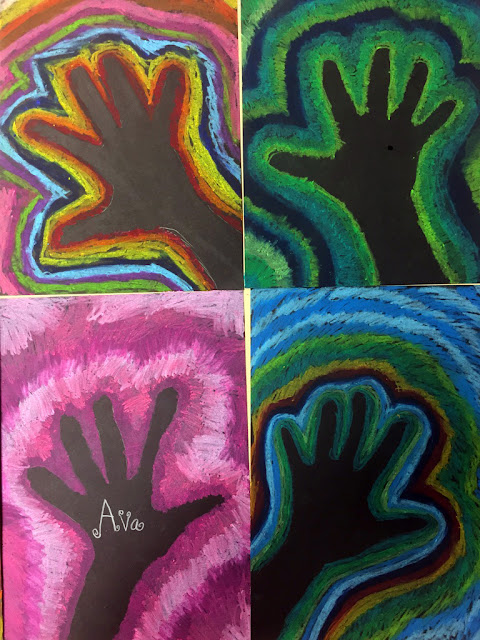Today I took both of my extra-curricular classes to Tafe Central Gallery to see the exhibition "No Second Prize." The artworks were responding to animal cruelty, specifically the treatment of horses throughout the Melbourne Cup. Despite the weight of this particular issue, the artworks were generally non-confrontational and child friendly. The kids were luckily ready for their cordial and biscuit break before we arrived at the slightly more macabre horse skeleton painting (which was incidentally brilliant in case you are the artist reading this!) I was very mindful to keep my personal opinions to myself throughout the session because I don't think it's fair for parents to be absent in these kinds of discussions when the kids are so young.
Before attending the gallery we had a discussion about appropriate behaviour in galleries and exhibition spaces. It surprised me that only a couple of children had been to an exhibition and I got these kids to describe their experiences to the rest of the class.
Together we made a list of rules and expectations which included the following:
- Do not touch the artwork (I had to adapt this rule to include the lovely white walls with the other group because everybody in the first class seemed to want to stroke their hands all over them!)
- Be aware of your surroundings (some galleries just have paintings along the walls and you can step backwards to look at them but this one has 'installations' which are often placed in the centre of the room).
- Stay together - we will be discussing the artworks together so no skipping ahead or lagging behind.
- No running - enter into your 'calm mindset' before entering the gallery. Walk slowly and carefully.
Both classes were very mature throughout the visit and I was really impressed! I asked the kids to talk about what they liked about each work and got them to point out how the artist had used different art elements and principles. These were two of the favourites:























































